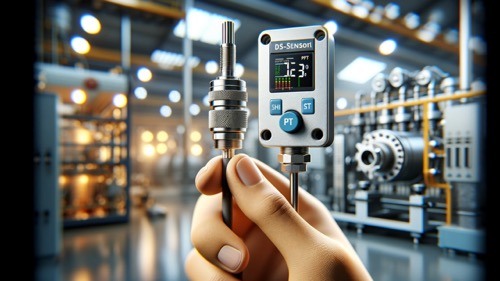
The Growing World of Electrical Parts Manufacturing: A Business on the Rise
In today’s world, electrical parts are everywhere, powering everything from everyday household gadgets to complex industrial machinery. Whether we realize it or not, electrical components make the world go round. The electrical parts manufacturing business has become an indispensable pillar of the modern economy, serving industries ranging from consumer electronics
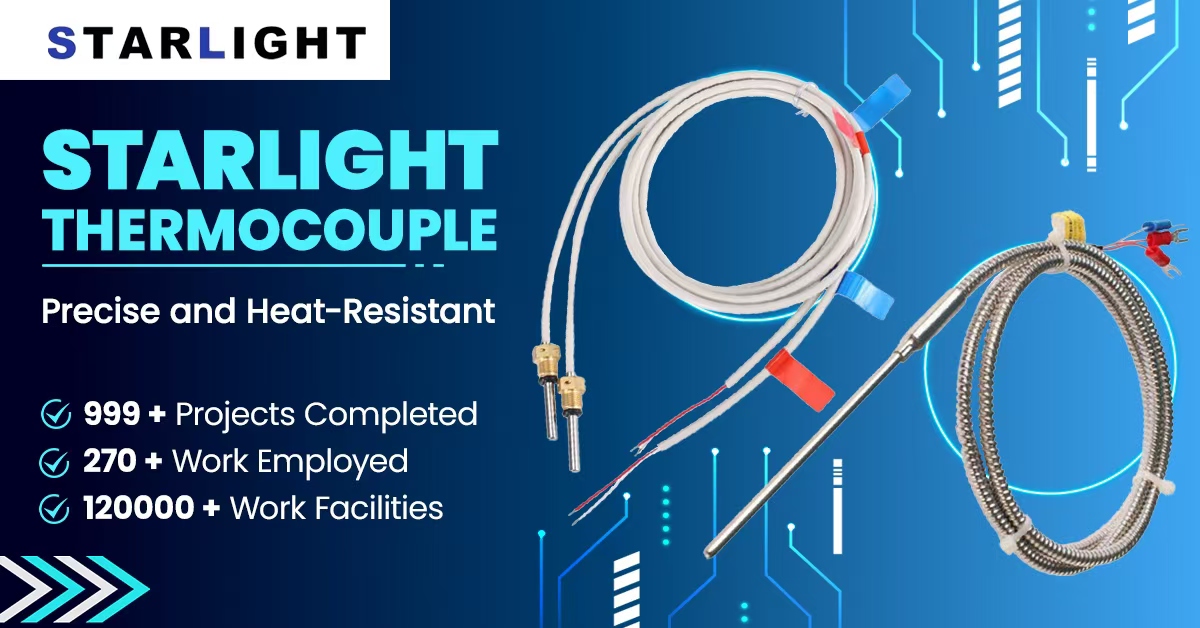
Global Leader in Heat Meter Production: Current Trends, Future Forecasts, and the Role of Thermocouples
In recent years, the global heat meter market has experienced significant growth driven by rising demand for energy efficiency, expanding district heating systems, and increasingly stringent government regulations aimed at reducing carbon emissions. Heat meters, used to measure thermal energy consumption in residential, commercial, and industrial settings, are critical for
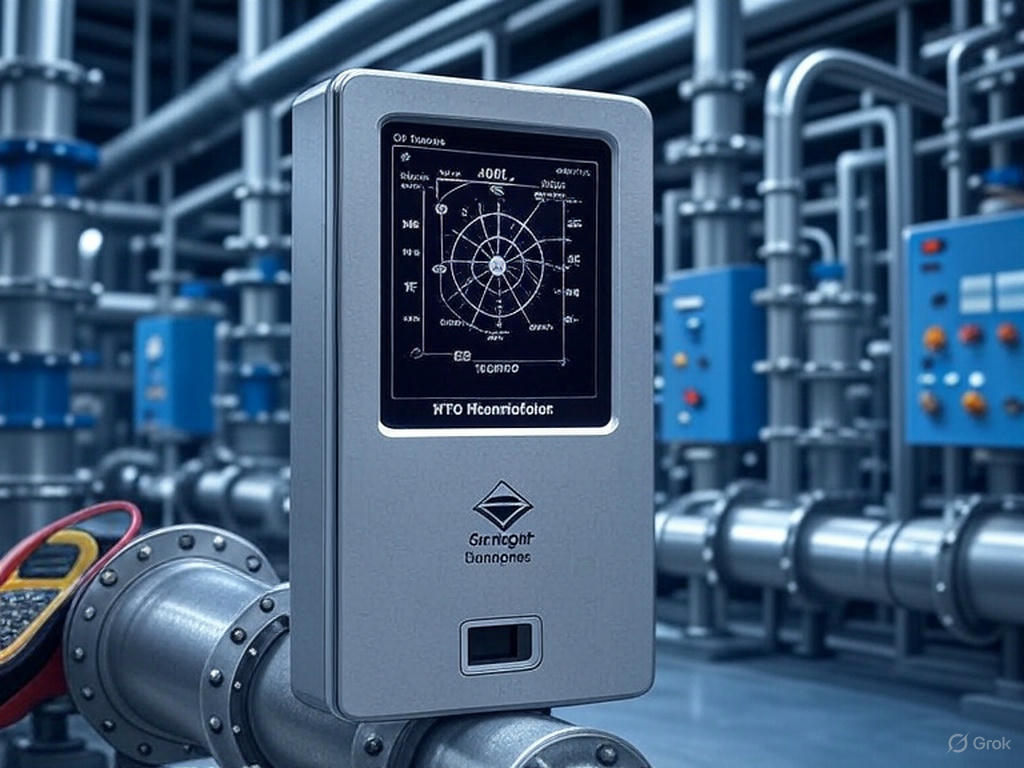
How to Choose an Industrial Temperature Sensor: A Technical Guide
Selecting an industrial temperature sensor is a critical decision for ensuring precision, reliability, and system compatibility in applications such as HVAC, petrochemical processing, automotive testing, and industrial automation. With options ranging from NTC thermistors to thermocouples and RTDs, engineers and procurement specialists must evaluate technical specifications, environmental factors, and integration
Understanding NTC Temperature Sensor Craftsmanship and Reliability in Air Conditioning Systems
In modern HVAC systems, temperature sensors play a critical role in ensuring energy efficiency, performance stability, and user comfort. Among them, NTC (Negative Temperature Coefficient) thermistors are the most widely adopted due to their high sensitivity and cost-effectiveness. This article explores the common types of NTC temperature sensors used in
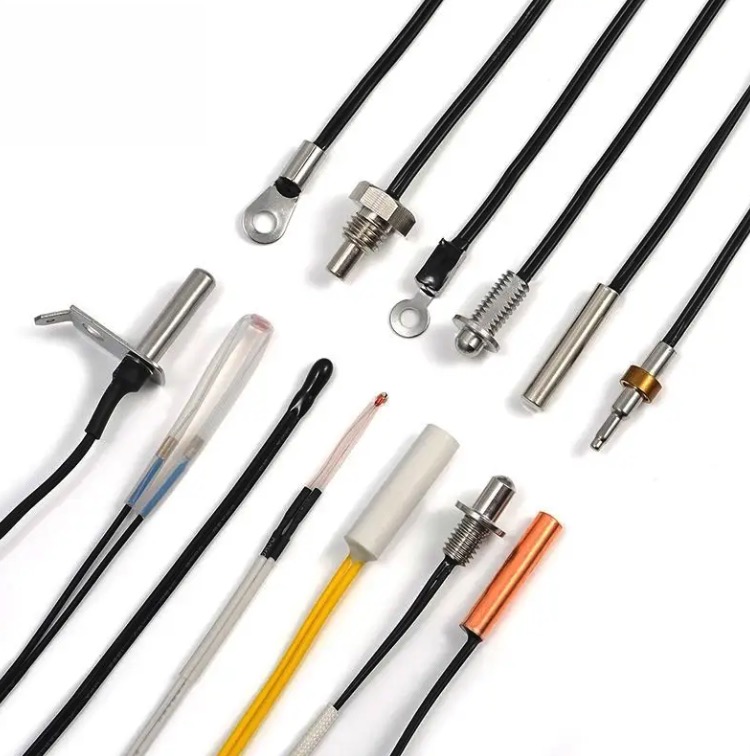
From Kitchen to Kiln: Exploring Thermocouples Across Temperature Extremes
Thermocouples are indispensable tools in temperature measurement, renowned for their versatility and durability across a vast range of applications—from everyday kitchen appliances to the intense environments of industrial kilns. This article delves into the various types of thermocouples, their specific applications, and how manufacturers like Starlight, a leading Chinese producer,
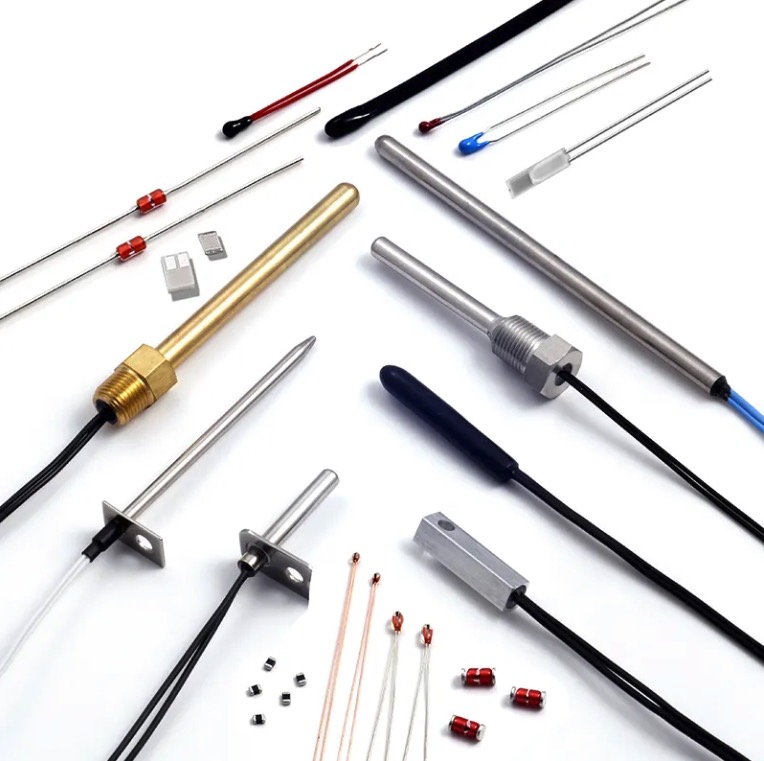
From Kitchen to Kiln: Exploring Thermocouples Across Temperature Extremes
Thermocouples are indispensable tools in temperature measurement, renowned for their versatility and durability across a vast range of applications—from everyday kitchen appliances to the intense environments of industrial kilns. This article delves into the various types of thermocouples, their specific applications, and how manufacturers like Starlight, a leading Chinese producer,

The Growing Role of Waterproof Temperature Sensors in Smart Appliances and Cold Chain Logistics
In today’s interconnected world, the demand for precise and reliable temperature monitoring has never been higher. Waterproof temperature sensors, particularly those utilizing TPE (Thermoplastic Elastomer) and NTC (Negative Temperature Coefficient) technologies, are at the forefront of this revolution. These sensors are transforming industries such as refrigeration, freezers, aquariums, and IoT

Why Custom Temperature Sensors Are the Future of Precision Monitoring 🌡️⚙️
In today’s rapidly evolving industrial landscape, precision temperature monitoring is more important than ever. Off-the-shelf sensors often fail to meet the unique demands of specialized applications, leading to inefficiencies, inaccuracies, and reduced equipment lifespan. This is where custom temperature sensors come into play — offering tailor-made solutions that elevate performance,
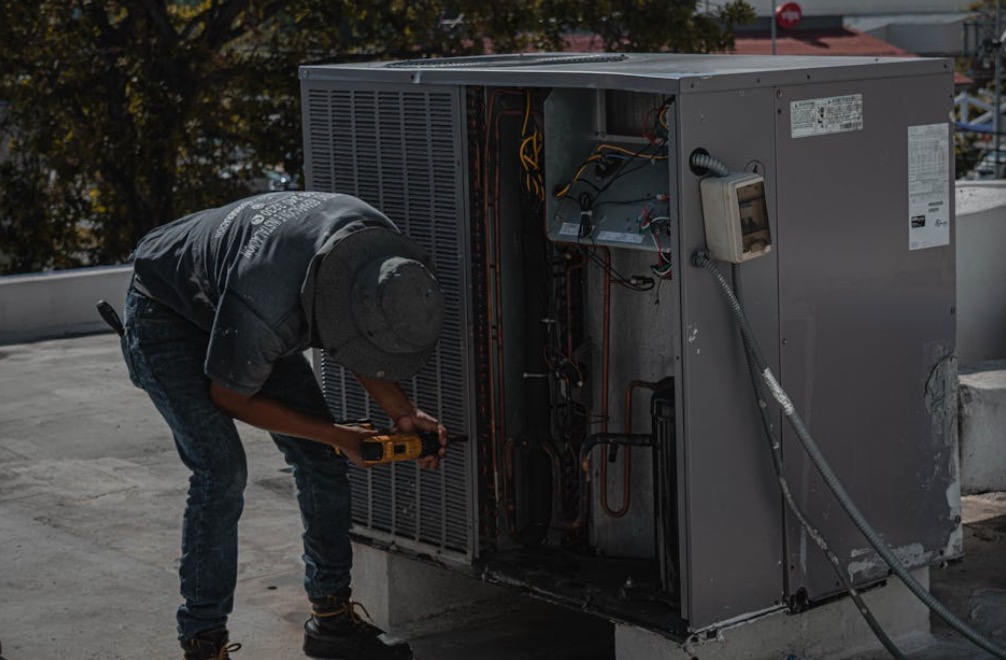
How to Choose Between PT100, Thermocouple, and NTC Sensors
When it comes to measuring temperature in various applications, selecting the right sensor is critical for achieving precision, reliability, and efficiency. Among the most popular options are PT100 sensors, thermocouples (such as the Type K thermocouple), and NTC sensors. Each of these has unique characteristics that make it suitable for

Type K vs. Type J Thermocouple: Which is Better for Your Application?
When selecting a thermocouple for temperature measurement, two of the most common choices are Type K and Type J. Both have distinct advantages and limitations depending on the environment and specific industrial applications. Understanding their differences is essential to choosing the right thermocouple for your needs. This article provides a
How to Extend Thermocouple Lifespan in High-Temperature Environments
Thermocouples are essential tools in high-temperature industrial applications, providing accurate temperature measurements critical for process control and safety. However, their lifespan can be significantly affected by harsh operating conditions. This article explores strategies to extend the lifespan of thermocouples in high-temperature environments, supported by industry case studies and insights. Understanding
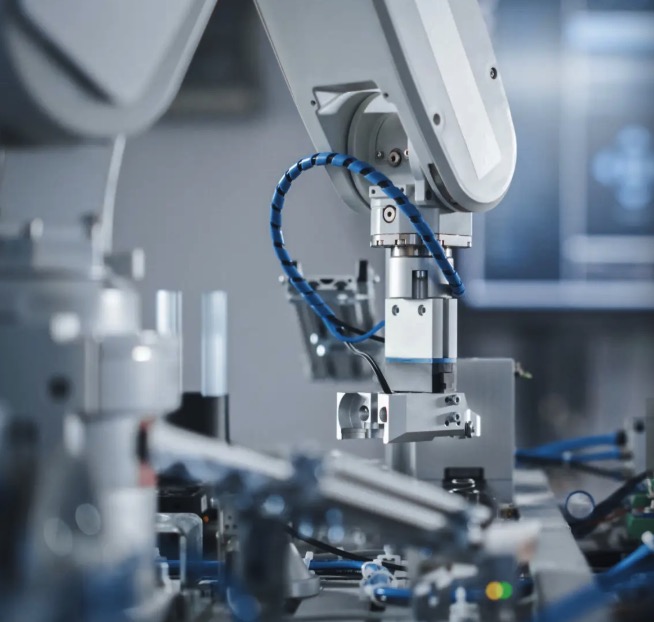
How to Choose the Right High-Accuracy Temperature Sensor: PT100, Thermocouple, or NTC?
Selecting the appropriate temperature sensor is crucial for achieving accurate and reliable measurements in various applications. Three commonly used sensors are PT100, thermocouples (specifically Type K), and NTC thermistors. Each has distinct characteristics that make them suitable for specific scenarios. PT100 Sensors PT100 sensors are a type of Resistance Temperature

